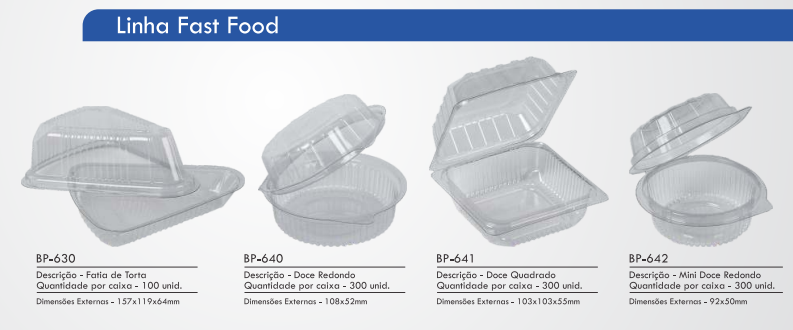Bipack
The Bipack method was used in early cinema technology, including produce trick shots. Early color film techniques also based on Bipack process.
Tricktechnik
For scenes where two separately recorded pieces of film are to be combined, two film strips in a special camera or in special coils are placed directly on each other. One of the filmstrip is unexposed, the other is already exposed and developed. Contains the already exposed strip such as a thunderstorm recording with fast moving clouds, so the scene is recorded in Bipackverfahren (eg a dialogue between actors in the studio ) to be seen in the finished film against the backdrop of the storm.
The image areas of the strips must be complementary covered. This can be achieved in the recording by masking off the camera. In the example, a mask for the lower range and for studio dialogue would be in the recording of the storm a mask at the top of each film strip was used ( In the finished image the storm is up, the dialog shown below).
No lenses or other optical aids are used when Bipack method Unlike an optical printer; the film strips lie flat against each other ( contact print ).
Color film
The Bipack method ( Two - Strip) was used prior to the development of a sufficiently mature monopack process as recording technology for cinema - two-color film. Here are two different sensitized film strip of black and white film, the one for blue - green, but not red, the other strip, however, only for Red-Orange ( orthochromatic ) is sensitive, exposed together. After development, the different color separations are visible on the film strip as incurred. Only through the joint projection of the two superimposed films produced the desired color effect.
Swell
- Rainer Rother (Ed.): Encyclopedia kind film. roro, Hamburg 1997, ISBN 3-499-16515-5
- Moving
- Photo technology










